Historical Destinations To Visit On Reunification Day In Ho Chi Minh City
Ho Chi Minh City is home to some of the country’s most significant historical sites, particularly those related to the Vietnam War.
Nha Rong Harbor
Nha Rong Harbor (or Ho Chi Minh Museum – Ho Chi Minh City branch) which is known as the largest harbor in Saigon, and one of the highlight attractions in Ho Chi Minh City, attracts millions of Vietnamese as well as foreign tourists each year by the unique architecture blending with the perfect combination between French style and Vietnamese culture.
It is also famous for witnessing one of the most critical historical events in Vietnam. This is the site where President Ho Chi Minh – the most talented leader in Vietnam, embarked aboard to seek a path to national salvation in 1911. Nha Rong Harbor is an imperative tourist destination on the trip to discover on Ho Chi Minh City tours.
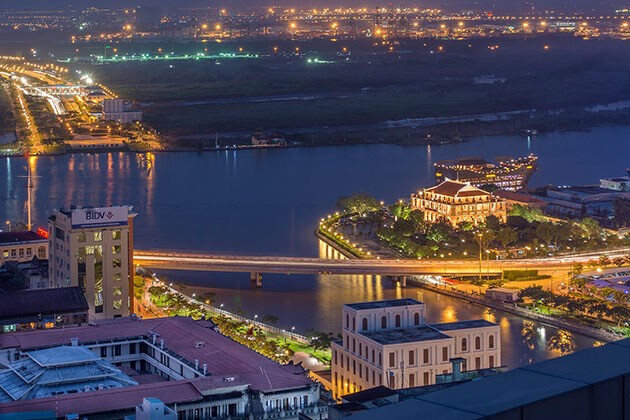 |
| Nha Rong Harbor (or Ho Chi Minh Museum – Ho Chi Minh City branch) is known as the largest harbor in Saigon. Photo: Saigon Local Tour |
Nha Rong (or Ho Chi Minh Museum) is situated on the junction of the Saigon River, at the end of Nguyen Tat Thanh Street. “Nha Rong” means “Dragon House”. Initially, it was a busy commercial harbor of Ho Chi Minh City which the French built between 1862 and 1863 to exchange goods, weapons, and materials during the French occupation of Vietnam.
Tourists setting foot on Nha Rong Harbor will have a great opportunity to admire its unique architecture. It is easy to see that there are two ceramic Vietnamese-dragon-shaped statues on its rooftop. The dragon is a cultural symbol of Vietnam appearing in many pagodas, temples, and residential houses.
Saigon Special Forces weapons bunker
Beneath a quaint little cafe in downtown Ho Chi Minh City lies a secret bunker that was once the hiding place of nearly two tonnes of Vietcong weapons used during the 1968 Tet Offensive, a turning point in the Vietnam War that the communist North eventually won.
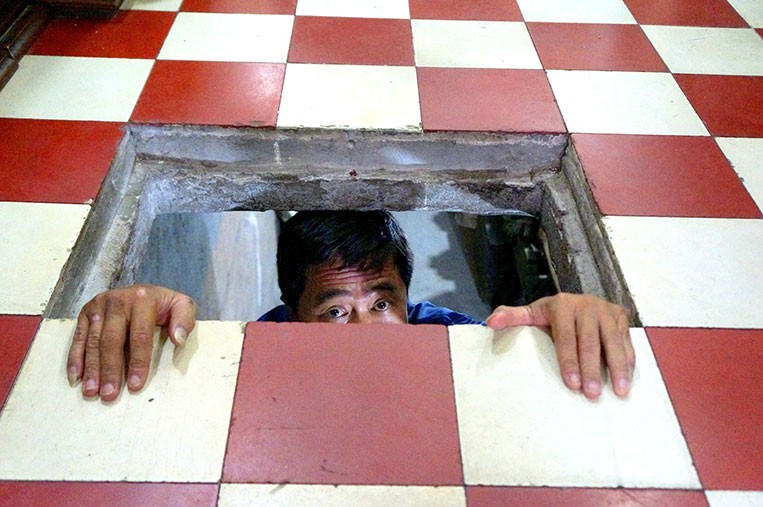 |
| The unique weapons bunker in Ho Chi Minh City. Photo: Saigon Riders |
The basement in house No. 287/70 Nguyen Dinh Chieu Street, District 3, Ho Chi Minh City used to be a place to hide weapons of the Saigon Commandos, containing nearly 2 tons of weapons to prepare for the General Offensive.
Today, the house is a tiny museum and a witness to an important part of Vietnamese history. It was classified as a historical, cultural relic in 1986 by the Ministry of Culture. The coffee shop next door, Do Phu Cafe, also contains secret passages and is owned by Tran Vu Binh, the son of Van Lai.
Ho Chi Minh Museum of Fine Arts
Ho Chi Minh City Museum of Fine Arts is an iconic symbol of Ho Chi Minh City, having a prime location in the heart of this energetic city. The museum is widely regarded as a valuable architectural masterpiece, not to mention a plethora of precious artifacts and works of art inside.
Therefore, it attracts thousands of domestic and foreign tourists who are enthusiastic about the beautiful architecture of the building and the special collections exhibited in the museum.
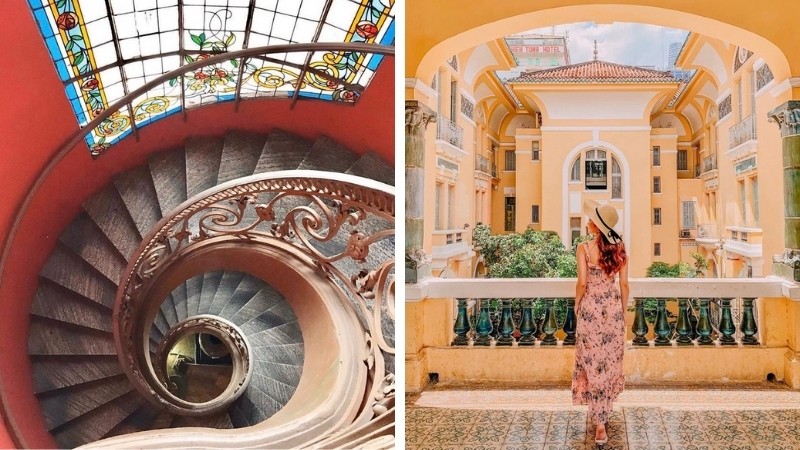 |
| Ho Chi Minh City Museum of Fine Arts is an iconic symbol of Ho Chi Minh City, having a prime location in the heart of this energetic city. Photo: BestPrice Travel |
Ho Chi Minh Museum of Fine Arts has the Art Deco architectural style, which harmonizes the most charming characteristics of Asian and European architecture. Covering 3,514 square meters, Ho Chi Minh City Museum of Fine Arts is divided into three buildings with diverse functions.
Ho Chi Minh City Museum of Fine Arts is a must-visit destination for tourists who are interested in Vietnamese arts and culture. The museum is dedicated to collecting, preserving, and displaying outstanding artworks representing Vietnamese people, particularly those from Ho Chi Minh City and the Southern region.
Cu Chi Tunnels
The Cu Chi Tunnels are about 70 kilometers northwest of Ho Chi Minh City. It has a tunnel system of more than 200 kilometers, which was a strong base for the Party Committee and Command of the Saigon - Gia Dinh Military Region.
The site is preserved in two areas, Ben Duoc in Phu My Hung Commune and Ben Dinh in Ruan Duc Commune, which attracts tourists who visit Ho Chi Minh City. Some of the tunnels have been restored and widened for visitors.
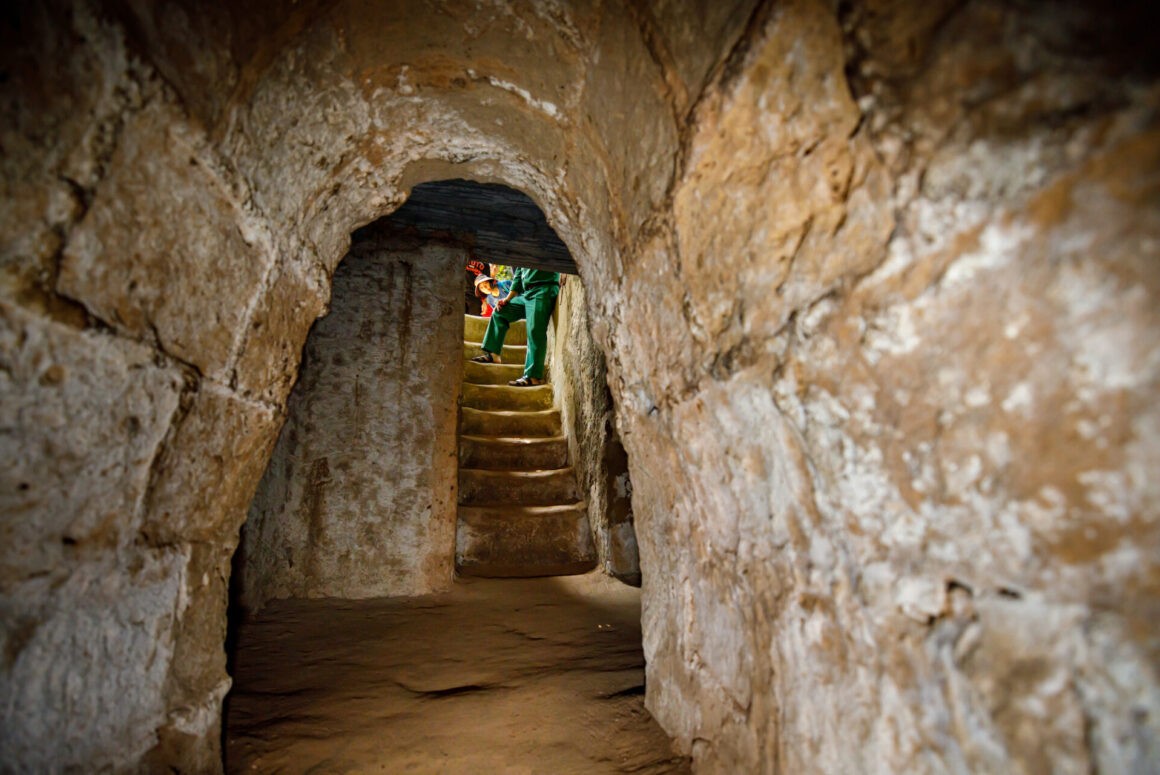 |
| The Cu Chi Tunnels are about 70 kilometers northwest of Ho Chi Minh City. Photo: Shutterstock |
During the Vietnam War, the network had been expanded into an assembly complex for Communist guerrilla soldiers to house troops, transport communications, and supplies, receive medical treatments, take shelters from aerial bombardment, and mount surprise attacks, after which they could disappear underneath the ground.
As a military headquarters, Cu Chi Tunnels played a pivotal role in the Vietnamese forces' resistance to the American army in South Vietnam. It served as an isolated stronghold to plan strategies and launch successful military campaigns, notably the victorious Tet Offensive in 1968.
 | Top 5 Wonderful Spots For Cloud-Hunting In Hoa Binh Tourists traveling to Hoa Binh will immerse themselves in beautiful nature and experience cloud-hunting in these amazing destinations. |
 | 5 Destinations For A Getaway Trip On Reunification Day In Southern Region With rising tourism needs during the five-day Reunification Day (April 30) and May Day (May 1) holidays, these lovely destinations in the Southern region will ... |
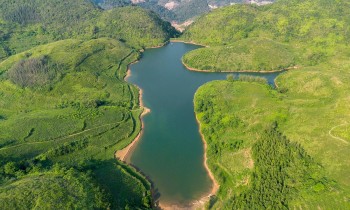 | Discover The Dreamy Sam Tang Lake In Hoa Binh About 15km from Mai Chau town, Sam Tang Lake is a beautiful check-in spot not known to many tourists in Hoa Binh. This place is ... |
Recommended
 Travel
Travel
Vietnam Through Australian Eyes: Land of Flavor, Warmth, and Timeless Charm
 Travel
Travel
Strategies for Sustainable Growth of Vietnam’s Tourism from International Markets
 Travel
Travel
Vietnam Strengthens Its Presence On The Global Tourism Map
 Multimedia
Multimedia
Phong Nha-Ke Bang National Park Named Top Adventure Travel Site
 Travel
Travel
Vietnam Welcomes Record-High Number of International Visitors
 Travel
Travel
Luxury Train From Hanoi To Hai Phong To Be Launched In May
 Travel
Travel
Phong Nha Named Top Budget-Friendly Travel Destination for Spring 2025: Agoda
 Travel
Travel


